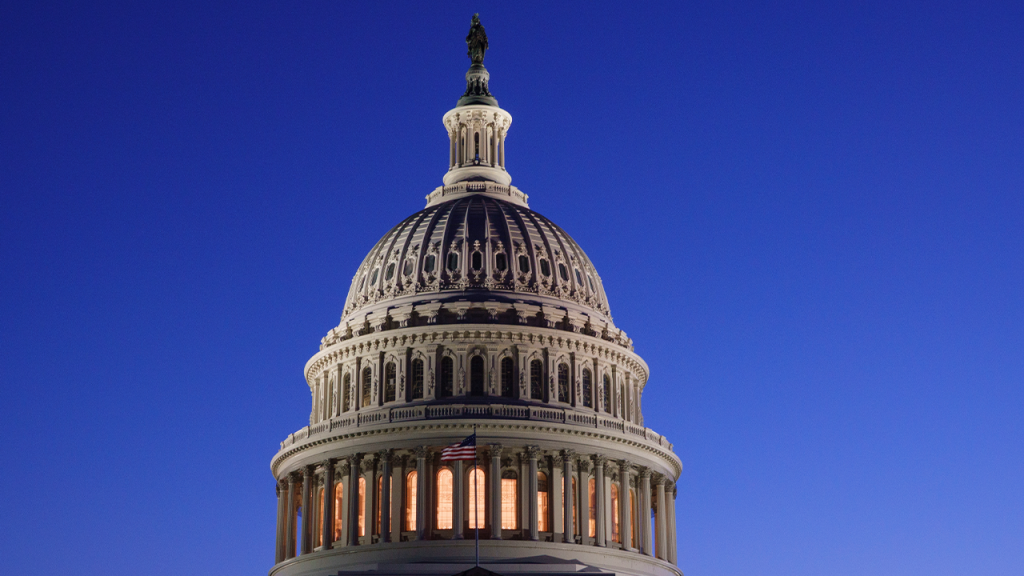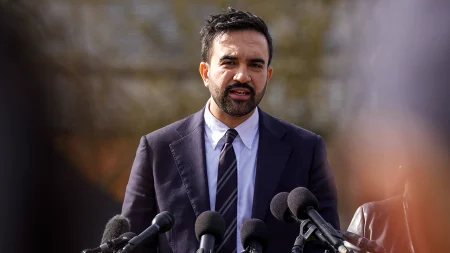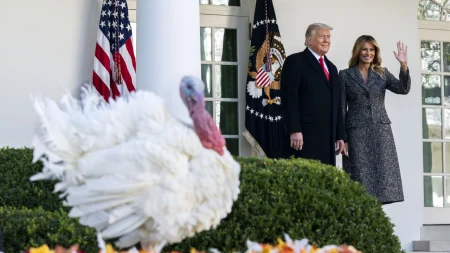White House Prepares Federal Agencies for Potential Shutdown as Budget Deadline Looms
In a concerning development, the White House Office of Management and Budget (OMB) has begun instructing federal agencies to prepare reduction-in-force (RIF) plans in anticipation of a possible government shutdown on October 1. According to an internal memo obtained by Fox News, these preparations go beyond typical pre-shutdown measures. The guidance specifically directs agencies to consider issuing RIF notices to employees working on programs that aren’t legally mandated to continue during a funding lapse. “With respect to those Federal programs whose funding would lapse and which are otherwise unfunded, such programs are no longer statutorily required to be carried out,” the memo states. This approach suggests a more severe and potentially longer-term response than the standard furlough notices that typically accompany government shutdowns.
The OMB’s instructions indicate that these RIF notices would be issued alongside furlough notices and should target all employees connected to affected programs. This represents a significant escalation in shutdown planning, as RIF notices are typically associated with permanent staff reductions rather than temporary measures. The memo further explains that agencies would later revise these plans once Congress approves fiscal year 2026 appropriations, retaining only staff essential for core statutory functions. This approach signals that the administration may be preparing for a more protracted funding gap than those experienced in previous years, potentially leading to more severe disruptions in government services and operations across the country.
The political context surrounding this potential shutdown appears particularly contentious, according to the memo. While acknowledging that Congress has historically passed short-term funding bills with bipartisan support to avoid shutdowns, the document suggests this year may break that pattern. The memo specifically accuses Democrats of deviating from this tradition, claiming they are making “insane demands, including $1 trillion in new spending” that could force a shutdown. This partisan framing of the budget impasse highlights the deeply divided political environment in which these negotiations are taking place, with each side attributing responsibility for the potential shutdown to the other.
Against this backdrop of partisan tension, the House recently passed H.R. 5371, described as a “clean continuing resolution” (CR) that would extend current government funding through November 21. The administration has expressed support for this bill, which would provide temporary funding without major policy changes. However, according to the memo, Democrats in the Senate are blocking its passage. “We remain hopeful that Democrats in Congress will not trigger a shutdown and the steps outlined above will not be necessary,” the memo states, continuing to place responsibility for avoiding a shutdown on Democratic lawmakers. The memo adds that “The President supports enactment of a clean CR to ensure no discretionary spending lapse after Sept. 30, 2025, and OMB hopes the Democrats will agree.”
The potential government shutdown would have wide-ranging implications beyond just federal employee furloughs. On Capitol Hill, for instance, garbage collection and tours would be suspended if funding lapses. These visible manifestations of a shutdown would affect not only government operations but also visitors to the nation’s capital and the general public’s access to government services. Meanwhile, Republicans appear to be intensifying their messaging around the budget fight, reportedly targeting 25 vulnerable Democrats in a new advertising campaign that frames the potential shutdown in political terms advantageous to their party. This suggests that both sides are preparing not just for a potential shutdown but also for the battle over public perception regarding who bears responsibility.
As the October 1 deadline approaches, the stakes continue to rise for federal employees, government operations, and the political fortunes of both parties. The White House’s unusual step of instructing agencies to prepare RIF plans signals a potentially more severe and longer-lasting disruption than previous shutdowns. While the administration maintains that these measures may not be necessary if Congress reaches an agreement, the preparation for staff reductions suggests serious concerns about the likelihood of a timely resolution. The situation remains fluid, with the potential for last-minute negotiations to avert a shutdown, but federal agencies are clearly being told to prepare for a significant disruption to government operations that could affect thousands of employees and the services they provide to the American public.















